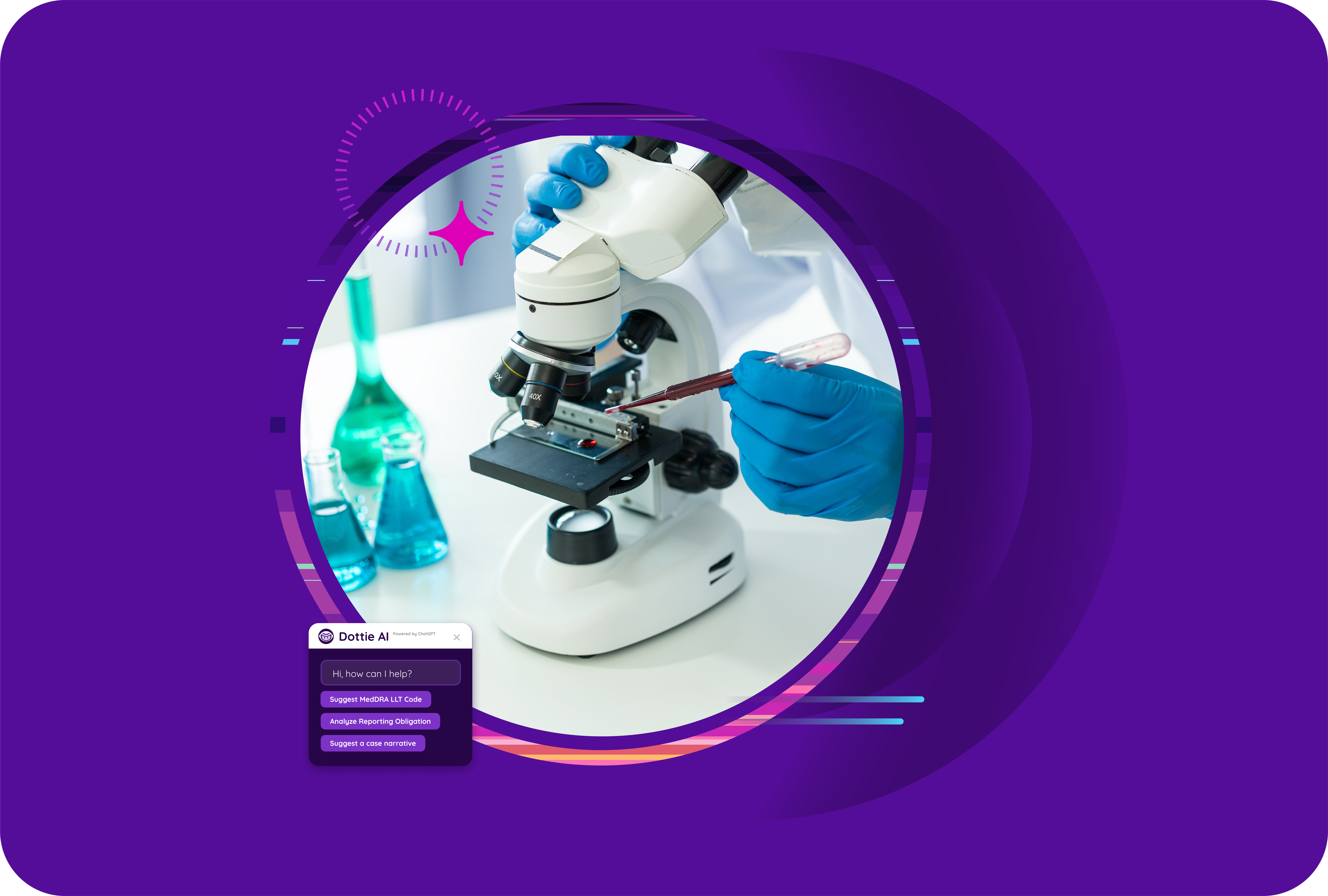
Back in May, 2017, the EU Medical Device Regulation (MDR 2017/745) entered into force, replacing the existing Medical Device Directive (MDD). Since then, both the European Union and the United States have completed their 3 year transition period (May 26, 2021), by which all manufacturers should have updated their technical documentation and processes. With impacts occurring to all your records including CER, Risk, IFU and labeling, the question remains: how can your company navigate this change so that production and development aren’t hindered? The answer lies in an up-to-date QMS.
How does a change in your QMS impact MDR compliance?
The move from MDD to MDR enhances product values through improved patient safety, performance outcomes and customer satisfaction. However, not all QMS solutions are naturally adaptable in an ongoing capacity. If your organization was compliant with MDD, that doesn’t ensure MDR compliance; there are a slew of new changes.
The new guidelines include Document Storage Retention, Incidents and Field Safety Corrective Actions (FSCA), Periodic Safety Update Report (PSUR), Post-market Surveillance System, Regulatory Compliance, Resource Management/Supply Chain, and UDI and Labeling. A cloud-based QMS solution handles these new features, as well as other MDR requirements, and is also ready to adapt to new changes as they occur.
Slightly altered regulations like document retention are easily adapted. The retention period of the technical documentation doubles from 5 years for the MDD to 10 years for the MDR.
Maintaining properly stored and validated documentation is an industry standard within the Life Sciences, so document retention isn’t anything new. But the new MDR rules have changed the required time allotment for keeping those documents since your last device may have hit the market. This small change can create a significant ripple-effect if your organization’s document management solution is not part of your QMS.
This also applies to the MDR renaming the “essential requirements” to General Safety and Performance Requirements (GSPRs.) Big changes are also easy to manage.
Along with seemingly small changes, large-scale MDR requirement changes are also managed easily with a cloud-based QMS. With UDI codes, for example, new regulation requirements affect labeling, defined storage (preferred to be electronic), and the importing of information into the system. With a cloud-based QMS, these processes, even if not available at launch, are easily implemented at scale.
The same concept also applies to specific regulations such as implantable devices. More than just being reclassified as Class III (making it a requirement to create patient implant cards for each device and reviewed under Design Control and Risk), it also means that a company needs to update its Declaration of Conformity with the statement that it is now compliant with the MDR.
The tools you use are more important now than they have ever been.
Your QMS will become a hindrance to your company’s growth and profitability if it is unable to conform to new regulations. This also applies to further changes down the road. If your QMS does not allow you to quickly perform a gap analysis in order to find regulation shortfalls, there will be serious issues come audit time. A cloud-based eQMS allows you to understand where you are and what holes exist so that you can close them right away. It also allows you to be less stressed whenever the next regulation change happens.
One simple way your company can navigate current changes, and even future changes, is through a modernized QMS. As government regulations change and new technologies become available the modern driven QMS allows your business to stay on the leading edge of quality.


